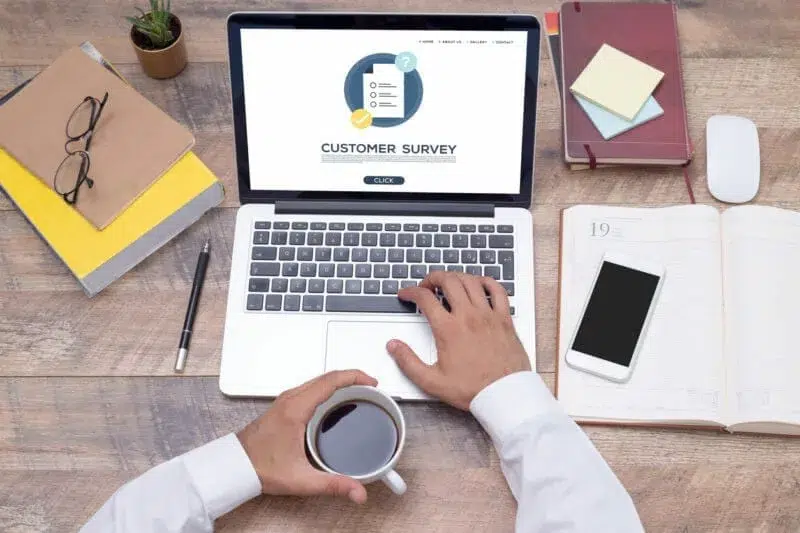3 Customer Service Metrics You Should Be Tracking

In today’s world, customers have the most up-to-date news and information right at their fingertips. If they want to know who was voted off Dancing With the Stars last night, or which leafy green is now trendy (chard is the new kale), they can, and instantly. So why should your paying customers expect any less from you? They deserve to feel that your company respects their time. They deserve the same levels of accessibility, shareability, and immediacy they experience online and through social media. They deserve customer support professionals who provide top-notch, immediate service with current product understanding.
But how can you accurately measure whether your customer service team is living up to customer expectations?
Judging how your company’s customer service department measures up is tricky. In the immortal words of Albert Einstein, you can’t judge a fish by its ability to climb a tree, and you can’t judge the success of your team by applying incorrect customer service metrics (okay, maybe Einstein didn’t say that last part, but that doesn’t make it any less true).
The question is not whether to apply metrics to measure the impact of your investment in customer support, but which customer service metrics make the most sense for your organization.
There are hundreds, even thousands, of metrics you can use to track customer service success, but more doesn’t necessarily equate to better. The more metrics you track, the more you run the risk of becoming bogged down by numbers that mean nothing unless they incite further action.
We’ve chosen three of the most important customer service metrics you should apply to your own practices to ensure your customers are getting the best possible experience.
1. Customer Satisfaction
It’s no coincidence that this metric is at the top of the list. Customer satisfaction equals customer retention (and an unsatisfied customer is a lost customer). That’s a hard hit to your bottom line. Measuring customer satisfaction is not as straightforward as, say, measuring how many hits a landing page receives. However, that does not mean it can’t be done. There are several effective ways to measure your customers’ satisfaction, and we recommend not limiting yourself to just one of them:
Conduct a survey.
You can conduct surveys at any stage of the buyer’s journey. Are you particularly interested in the customer experience during the implementation period? Curious about how customers are using your product three months after purchase? Write a survey, but be intentional regarding the subject. Too many surveys at too high a frequency will become bothersome, and your attempts to optimize customer satisfaction may quickly digress into an annoyed customer. Use a tool such as Google Forms to help you create professional, easy-to-navigate surveys that can be shared quickly via email.
Measure customer loyalty.
Identify the customers who return to you month after month, and reach out to them to learn what it is about your product that keeps them coming back. If they are as pleased with your services as their loyalty suggests, they will be more than happy to extend some positive feedback. Although they may be a less willing participant, reach out to customers who have left you as well. Most likely, the deficiencies in your product or service that drove them to search for other solutions will prove incredibly valuable to improving overall customer satisfaction.
To collect quantitative as well as qualitative data, ask customers to rate statements (such as “I’m satisfied with the onboarding support I received”) on a 1 to 5 or 1 to 10 scale.
Measure the net promoter score (NPS).
Ask your client how likely she is, on a scale of 1 to 10, to refer your product or customer service to a friend or partner. If she wouldn’t recommend it to her worst enemy, chances are something needs to change.
2. First Response Time
A long time ago, in a land far away, it was considered acceptable to respond to customer service inquiries within 48 hours. In today’s digitally connected world, this response rate would be laughable. Now, customers expect immediate, 24/7 assistance. If you fail to meet this expectation, your company will lose legitimacy.
Have your customer service reps record the time from receiving an inquiry to the time they respond to the customer–every time. Use these to determine your average first response time. Do you have a first response rate that you’re proud of (i.e. “Responds to all inquiries within 3 minutes!”)? Advertise it.
One way to ensure that your first response time is competitive is to empower your customer support professionals with immediate access to the company’s most recent collective knowledge. If a service representative is spending hours, or even minutes, searching for the information necessary to solve the customer’s problem, you’re not likely to have a first response time you’re proud of. Shop for a quality knowledge management system to guarantee accessibility and shareability of information essential to providing top-notch customer support.
3. Contact Volume
Possibly one of the most helpful customer service metrics to track is the sheer number of inquiries your department receives. How many per week? Per day? Is there an increase in inquiries during a specific hour or day of the week? Observations such as these should prompt you to devote more customer service resources to that specific time. High traffic requires all hands on deck. If you observe a general decline in inquiries, you’re probably on the right track.
Of course, what constitutes a “good” customer service experience varies greatly across industries, target demographics, geographical regions, etc. Carefully develop your own customer support goals and act accordingly. That being said, these three metrics are a great start to evaluating and constantly improving customer support.

A SharePoint Alternative That Unlocks Enterprise Intelligence

What Is Enterprise AI Search? (And Why Your Business Needs It)

The Value in Knowledge Sharing Sessions

Start working smarter with Bloomfire
See how Bloomfire helps companies find information, create insights, and maximize value of their most important knowledge.

Take a self guided Tour
See Bloomfire in action across several potential configurations. Imagine the potential of your team when they stop searching and start finding critical knowledge.